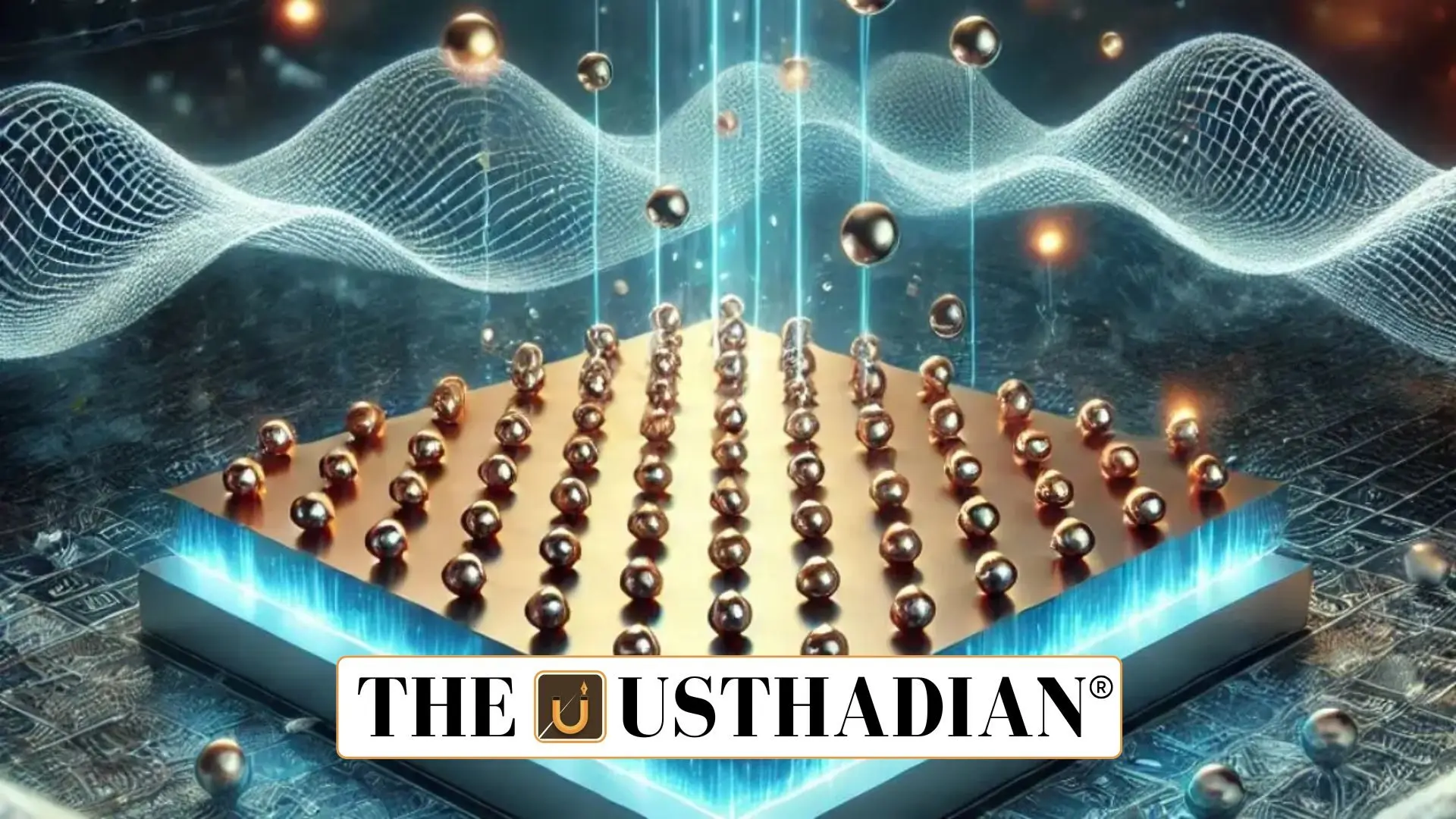Breaking the Binary of Conductivity
Niobium Diselenide and the Quantum Frontier of Bose Metals: When we think about how metals conduct electricity, we usually imagine two clear states—normal metals, where resistance decreases with cooling, and superconductors, where resistance vanishes altogether. But in 2025, scientists observed something far stranger in niobium diselenide (NbSe₂). It didn’t fully become a superconductor, nor did it behave like a regular metal. Instead, it entered a weird third phase known as a Bose metal—a state that challenges the very basics of electrical conduction.
The Mystery of Cooper Pairs Without Superconductivity
Superconductors rely on Cooper pairs—pairs of electrons that move together without resistance. These pairs act like bosons, particles that can occupy the same quantum state. In classic superconductors, these bosons condense into a unified flow. But in a Bose metal, something disrupts this condensation. The Cooper pairs form, but they don’t settle into a coherent state. As a result, the material shows very low resistance, but not the total zero resistance typical of superconductors.
What Makes NbSe₂ So Unique?
Niobium diselenide is already known to be a Type-II superconductor, meaning it behaves differently from ideal superconductors. Instead of completely blocking magnetic fields (known as the Meissner effect), it allows magnetic fields to sneak in through tiny vortex-like holes. In the recent study, scientists turned up the magnetic field while cooling NbSe₂. Instead of switching off superconductivity, the material entered a mixed state, keeping some properties of superconductivity while allowing partial field penetration. This strange balance is where the Bose metal behaviour was noticed.
The Science Implications Behind the Discovery
This new discovery is more than a lab curiosity. It tells us that superconductivity is not the only path for electron pairs. The very existence of Bose metals hints at quantum fluctuations that prevent full superconducting behaviour. These findings could be critical for quantum computing, where controlled states of conductivity are needed. Though there are no gadgets yet using Bose metals, this research may help us design next-gen materials that can switch between quantum states precisely.
STATIC GK SNAPSHOT
Niobium Diselenide and the Quantum Frontier of Bose Metals:
| Topic | Detail |
| Material in Focus | Niobium Diselenide (NbSe₂) |
| Special State | Bose Metal – Anomalous metallic state |
| Core Mechanism | Cooper Pairs without Condensation |
| Superconductivity Type | Type-II – Allows magnetic vortices |
| Superconductivity Discovered | 1911 by Heike Kamerlingh Onnes |
| Related Theory | BCS Theory – Basis of modern superconductivity |
| Discovery Year | Strong Bose metal evidence in 2025 |
| Application Fields | Quantum Materials, Future Electronics, Theoretical Physics |








